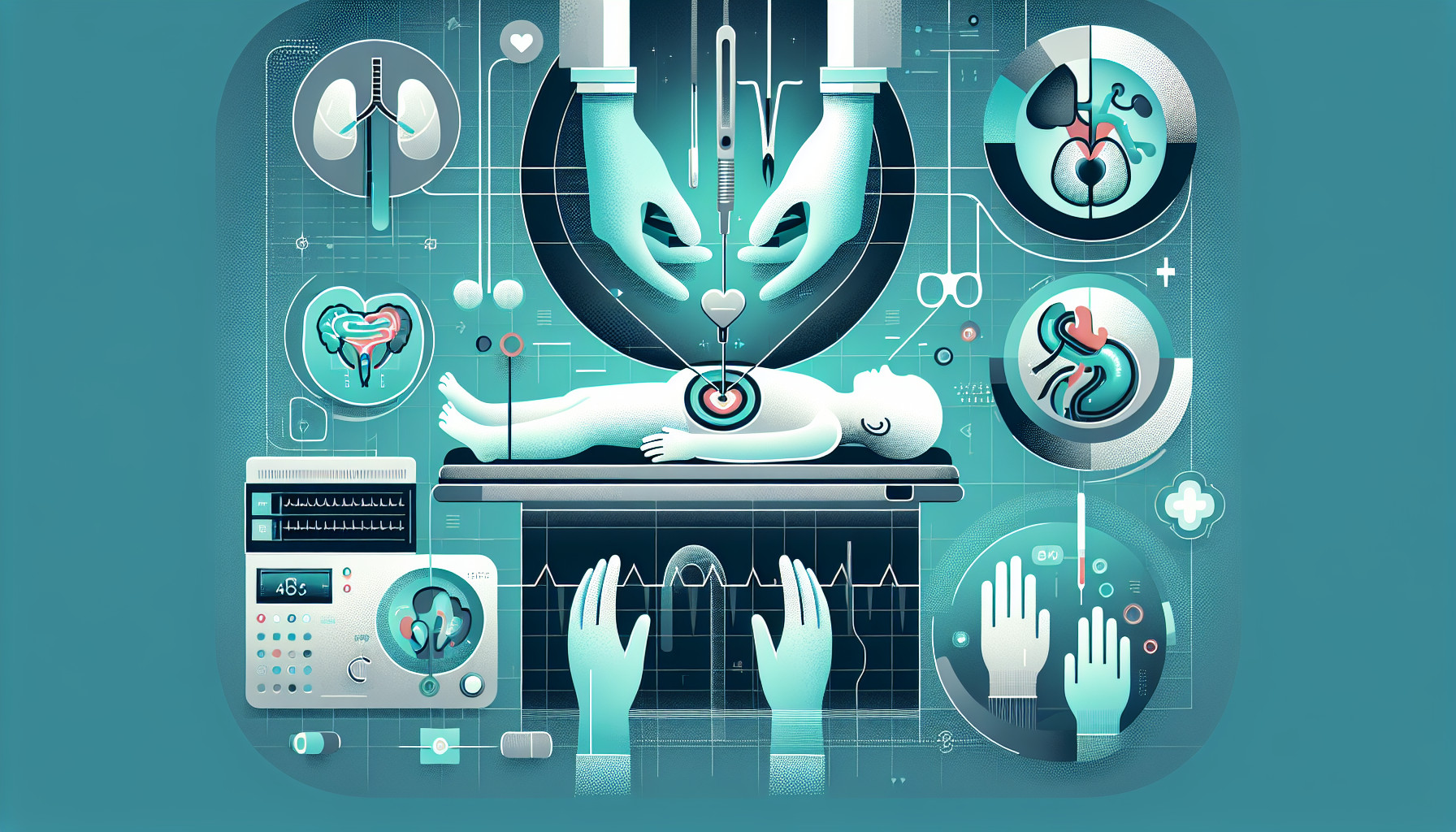Our Summary
This research paper is about an educational program aimed at helping doctors use opioids more responsibly when treating children who’ve had umbilical hernia repairs. The study was conducted at nine different medical centers and involved 79 surgeons. The program emphasized the importance of responsible opioid use, showed different ways opioids are used, provided guidelines for prescribing them, and encouraged the use of non-opioid painkillers. It also suggested that if opioids were to be prescribed, they should be in lower dosages.
The study compared the doctors’ prescribing habits before and after the educational program. There were 343 patients treated before the program and 346 treated after it. The percentage of patients given opioids when they were discharged from the hospital dropped significantly from 75.8% before the program to 44.6% after it. Among the patients who were given opioids, the number of doses they were prescribed also went down after the program. However, the strength of the individual doses didn’t change significantly. There was also no difference in the number of patients returning to the emergency department or being readmitted to the hospital between the two groups.
The study concluded that this kind of educational program can help improve the responsible use of opioids after pediatric umbilical hernia repairs.
FAQs
- What was the main purpose of the educational program in the study?
- How did the educational program affect the doctors’ prescribing habits of opioids for children who’ve had umbilical hernia repairs?
- Did the study show any change in the strength of the individual opioid doses and hospital readmission rates after the program was implemented?
Doctor’s Tip
One helpful tip a doctor might tell a patient about pediatric hernia repair is to follow the prescribed pain management plan closely and to communicate any concerns or changes in pain levels to their healthcare provider. It’s important to take pain medication as directed and not to exceed the recommended dosage. Additionally, using non-opioid pain relief methods such as ice packs, elevation, and over-the-counter pain medications can help manage discomfort during recovery.
Suitable For
Pediatric patients who undergo hernia repair surgery are typically recommended for pediatric hernia repair. This includes infants, children, and adolescents who have been diagnosed with an umbilical hernia or inguinal hernia. In the context of the research paper mentioned above, pediatric patients who have had umbilical hernia repairs specifically were the focus of the study.
It is important for healthcare providers to carefully consider the use of opioids in pediatric patients, especially after surgery, due to the potential risks and side effects associated with these medications. The educational program described in the study aimed to promote responsible opioid use and provide alternative pain management strategies for pediatric patients undergoing hernia repair surgery. By implementing such programs, healthcare providers can help ensure the safe and effective management of pain in pediatric patients while minimizing the potential risks associated with opioid use.
Timeline
Before pediatric hernia repair:
- Patient is diagnosed with a hernia and scheduled for surgery
- Patient may undergo pre-operative testing and consultations with the surgeon
- Day of surgery, patient is admitted to the hospital
- Patient undergoes hernia repair surgery under general anesthesia
- Patient is monitored in the recovery room post-operatively
- Patient may be prescribed opioids for pain management upon discharge from the hospital
After pediatric hernia repair:
- Patient is discharged from the hospital with instructions for post-operative care
- Patient may experience pain and discomfort in the days following surgery
- Patient takes prescribed pain medications as needed
- Patient follows up with the surgeon for post-operative visits
- Patient gradually improves and resumes normal activities
- Patient no longer requires pain medication and fully recovers from the surgery.
What to Ask Your Doctor
Some questions a patient should ask their doctor about pediatric hernia repair include:
- What are the risks and benefits of undergoing hernia repair surgery for my child?
- How will the surgery be performed and what is the expected recovery time?
- Will my child need to take pain medication after the surgery? If so, what type of medication will be prescribed?
- How will the doctor ensure that opioids are prescribed responsibly and in lower dosages, if needed?
- Are there alternative pain management options available for my child?
- What signs of complications should I watch for after the surgery?
- How often will my child need follow-up appointments after the surgery?
- Are there any specific restrictions or precautions my child should follow during the recovery period?
- What is the success rate of hernia repair surgery in children?
- Are there any long-term effects or risks associated with pediatric hernia repair surgery?
Reference
Authors: Piper KN, Baxter KJ, Wetzel M, McCracken C, Travers C, Slater B, Cairo SB, Rothstein DH, Cina R, Dassinger M, Bonasso P, Lipskar A, Denning NL, Huang E, Shah SR, Cunningham ME, Gonzalez R, Kauffman JD, Heiss KF, Raval MV; Pediatric Surgical Research Collaborative - PedSRC. Journal: J Pediatr Surg. 2020 Jul;55(7):1319-1323. doi: 10.1016/j.jpedsurg.2019.04.035. Epub 2019 May 11. PMID: 31109731
